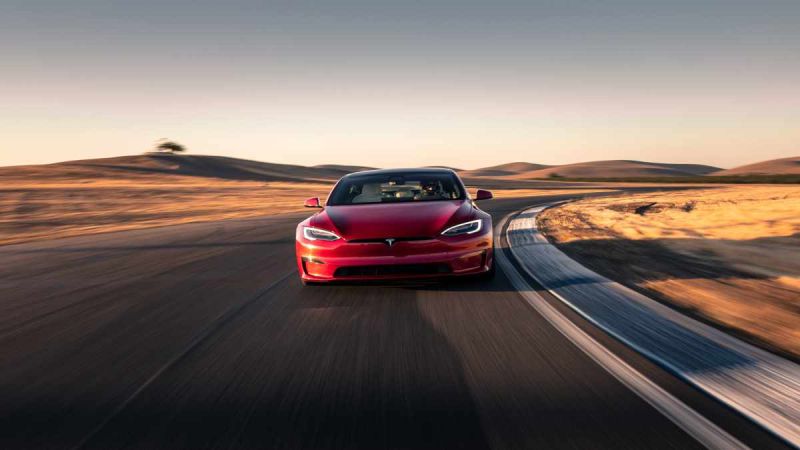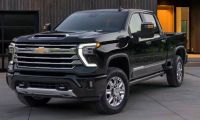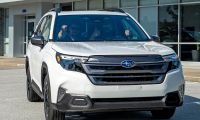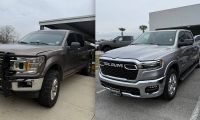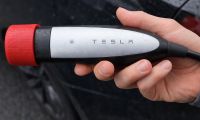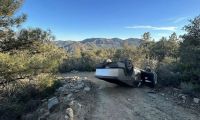A Tesla Drive In Bad Weather
Tesla FSD and Tesla vehicles in general drive very well in warm and clear weather. When I use Autopilot, it works great when the roads are clear and the cameras aren't experiencing their vision being covered up or impacted.
Whenever there is rain, snow, or bad weather, I'll generally see a message on my center screen that says one of my cameras is having its vision partially blocked and that it needs to be cleaned or cleared.
Let's take a look at a video from Chuck Cook, who is doing unprotected left turns in the rain. Rain is the weather that a Tesla handles the best, and the reason I think this is true is that the cameras can still see, and the lane markings are visible.
The vehicle could clearly see everything when Chuck was making his turns. I can see through the windshield just fine, and I have to assume that the front facing cameras Tesla has, which are located on the other side of the rearview mirror.
Chuck's Tesla was making successful turns very easily, though the traffic wasn't very dense.
You may also be interested in:
- Tesla's to be made just like toy cars.
- Owning a Tesla without home charging.
- Tesla vehicles can handle extreme cold and heat.
Tesla FSD Results and Conclusion
During one of the turns, Chuck's Tesla stuck its nose out a little too far, but then went into the median without issue. That's an important behavior. I think Tesla needs to streamline the creeping behavior, however. It needs to go up to the line, barring any cars that could come and hit it and not poke out further than it unless visibility is blocked.
On a future turn, the car didn't take advantage of a gap where there was no traffic and things got busy, and the car has to wait. This is a good test of FSD when there is rain and busy traffic.
There was a gap on the left and cars approaching on the right. The car rolled through cautiously and made the unprotected left-hand turn.
Being able to do this turn in any weather and any traffic is a big requirement for a car to become autonomous. It has to be able to handle complex traffic situations and succeed over and over again.
For Chuck's final turn, there was a wide open gap on the left and the car had to go to the median and pause. It did so slowly and successfully. It then went when it was clear. It was in the median and was close to having its nose poke out into the next lane of traffic, but wasn't quite out that far.
There are improvements in FSD, however, I would like to see a complex turn like this done in really heavy rain or snow to see how FSD handles it. If you know of anyone who can video such a turn with Tesla FSD, let me know.
I conclude a Tesla can drive itself in bad weather, but if road lanes are covered up, or cameras are covered up, then it cannot yet.
You can see more of these turns in the rain from Chuck's video here:
In Related News: Tesla's 3-Part Ecosystem
Leave your comments below, share the article with friends and tweet it out to your followers.
Jeremy Johnson is a Tesla investor and supporter. He first invested in Tesla in 2017 after years of following Elon Musk and admiring his work ethic and intelligence. Since then, he's become a Tesla bull, covering anything about Tesla he can find, while also dabbling in other electric vehicle companies. Jeremy covers Tesla developments at Torque News. You can follow him on Twitter or LinkedIn to stay in touch and follow his Tesla news coverage on Torque News.



